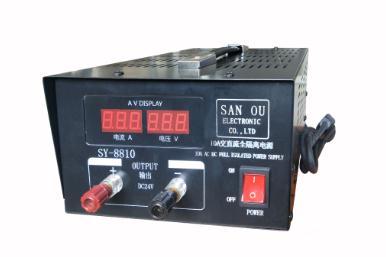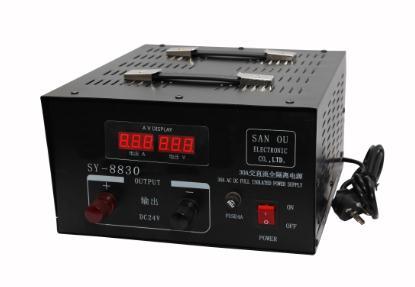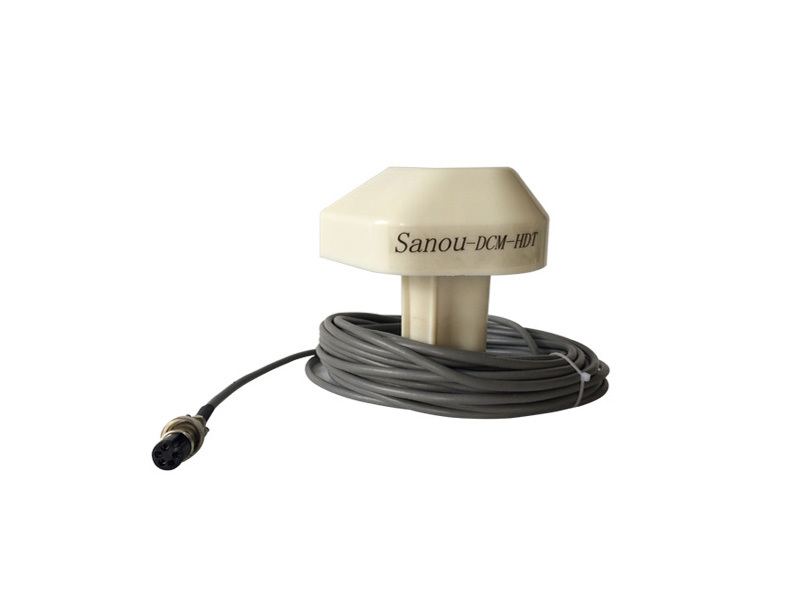News Center
Understanding Marine Dual Output Regulated Power Supply: A Comprehensive Guide
A dual output power supply can deliver two separate voltage outputs from a single unit, which is particularly beneficial for powering different devices simultaneously. This feature is especially useful in marine settings where multiple systems, such as navigation equipment, communication devices, and lighting, may need to operate concurrently. The regulated aspect of these power supplies ensures that the voltage remains stable, regardless of variations in load or input power. This stability is essential to protect sensitive electronic equipment from damage due to voltage spikes or drops.
In marine settings, power supplies are often exposed to harsh conditions, including humidity, saltwater, and vibration. Therefore, selecting a marine dual output regulated power supply that meets specific marine standards is vital. Such power supplies are typically built with robust housing and components that can withstand these environmental factors, ensuring long-term reliability and performance.
Another important aspect of these power supplies is their efficiency. Marine systems often operate on limited energy resources, so it is crucial that the power supply can convert input power into usable output power effectively. A high-efficiency power supply minimizes energy losses, which not only helps in reducing operational costs but also contributes to environmental sustainability by conserving energy.
Moreover, modern marine dual output regulated power supplies often come with various features that enhance usability and integration. These may include built-in protection mechanisms such as over-voltage, under-voltage, over-current, and thermal protection, ensuring the safety of both the power supply and the connected equipment. Additionally, many units are designed for easy installation and maintenance, with user-friendly interfaces that allow for quick adjustments and monitoring.
In summary, a Marine dual output regulated power supply is an essential component for any marine electrical system that requires reliability, efficiency, and robust performance. Whether you are outfitting a new vessel or upgrading existing equipment, understanding the specifications and benefits of these power supplies can help you make informed decisions that enhance your marine applications. By ensuring stable and efficient power delivery, you can safeguard your equipment and enjoy seamless operation in the challenging marine environment.
Related News
Understanding the Benefits of a 1 in 4 Out Signal Distributor for Electronic Components
Understanding the Benefits of a 1 in 4 Out Signal Distributor for Electronic Components Table of Contents 1. Introduction to Signal Distribution 2. What is a 1 in 4 Out Signal Distributor? 3. Key Advantages of Using a 1 in 4 Out Signal Distributor 3.1 Enhanced Signal Integrity 3.2 Improved Signal Distribution Efficiency 3.3 Flexibility in System Desi
Understanding the 1 in 10 Out Signal Distributor: A Key Component in Optoelectronic Applications
A 1 in 10 out signal distributor is a specialized electronic device that takes a single input signal and replicates it across multiple output channels—in this case, ten outputs. This function is crucial in various applications, including telecommunications, broadcasting, and data transmission systems. The ability to distribute a single signal to multiple outputs ensures that information can reach
Unlocking the Benefits of the Furuno 1831 Radar with a Quality 24 Pin Square Plug
Unlocking the Benefits of the Furuno 1831 Radar with a Quality 24 Pin Square Plug Table of Contents 1. Introduction to Furuno 1831 Radar 2. Key Features of the Furuno 1831 Radar 3. Advantages of Using a Quality 24 Pin Square Plug 4. Installing the Furuno 1831 Radar with a 24 Pin Square Plug 5. Maintenance Tips for Optimal Performance 6. Troubleshooting Common




